Umrah - Jordan
Embrace Foundation is a non-profit,
educational foundation set up to create
better understanding between people of
different religions, cultures, traditions and
world philosophies.
Embrace Foundation works to bring leaders
and scholars of world-wide religions, cultures
and philosophies together by sponsoring
forums, seminars, lectures and developing
an international exchange program.
Embrace Foundation is particularly
concerned with reaching the world public
through the media.
Purpose
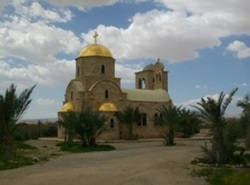
Donations
Embrace Foundation is an all volunteer
organization. All donations go directly to
programs.
Embrace Foundation does not and has
never given permission to any outside
organization to solicit or receive
contributions on our behalf.
All donations should be made to Embrace
Foundation only via Paypal or by mail. All
donations are tax deductible. A receipt will
be emailed to you. Please click on the Pay
Pal link below to Donate.
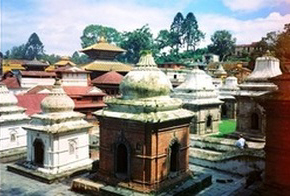
Travel As An Interfaith Act
Embrace encourages all who can do so, to
learn about other traditions and cultures by
traveling as “Grassroots Diplomats.” We
hope that people every where become life
long students of our world-wide humanity.
“ In every man there is something wherein I
may learn of him, and in that I am his pupil.”
R.W.Emerson
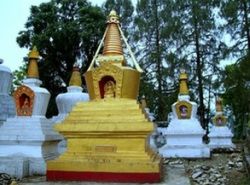

Embrace Humanity
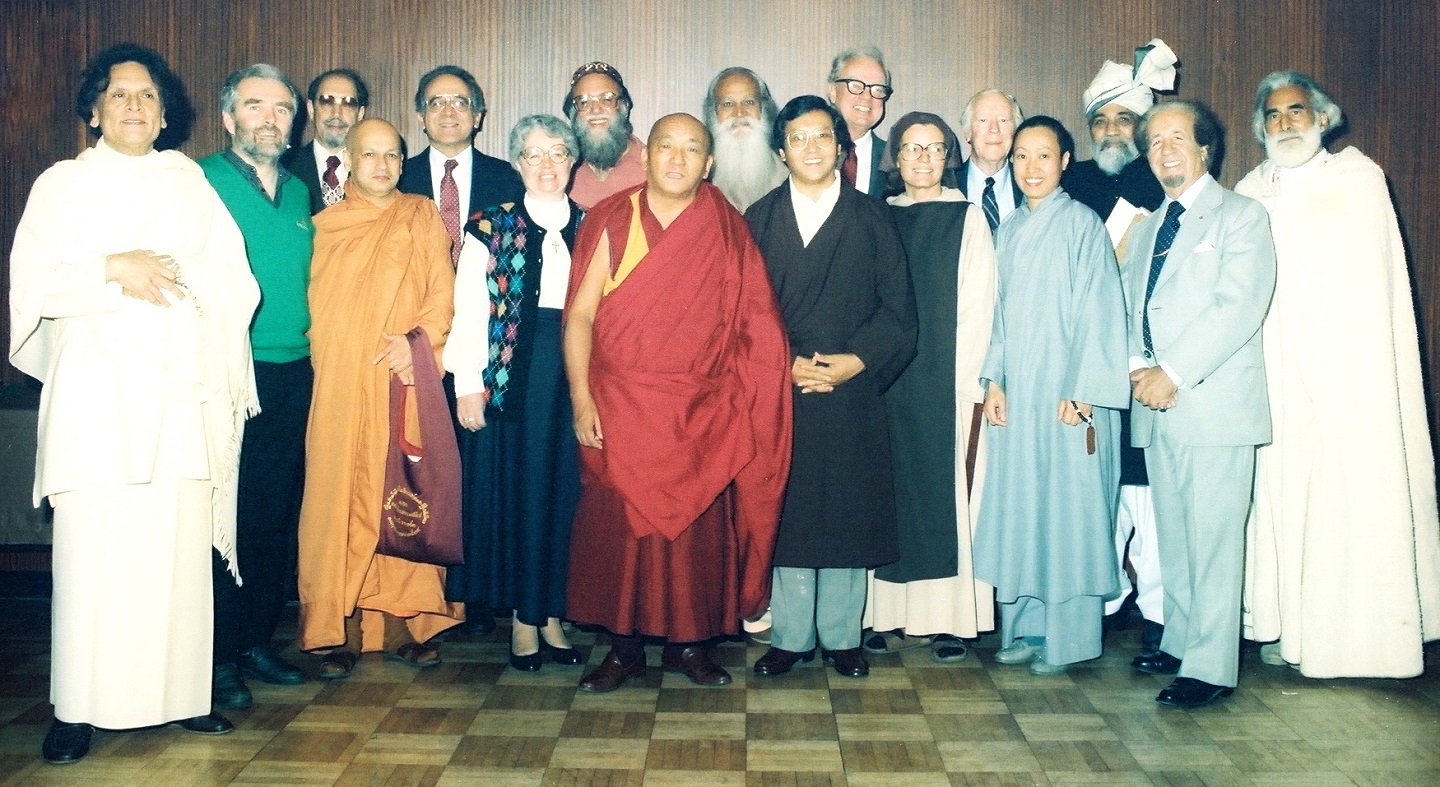
Great Visions - TV
Guests are: Swami Satchidananda &
the Rt. Reverend Dean Parks Morton
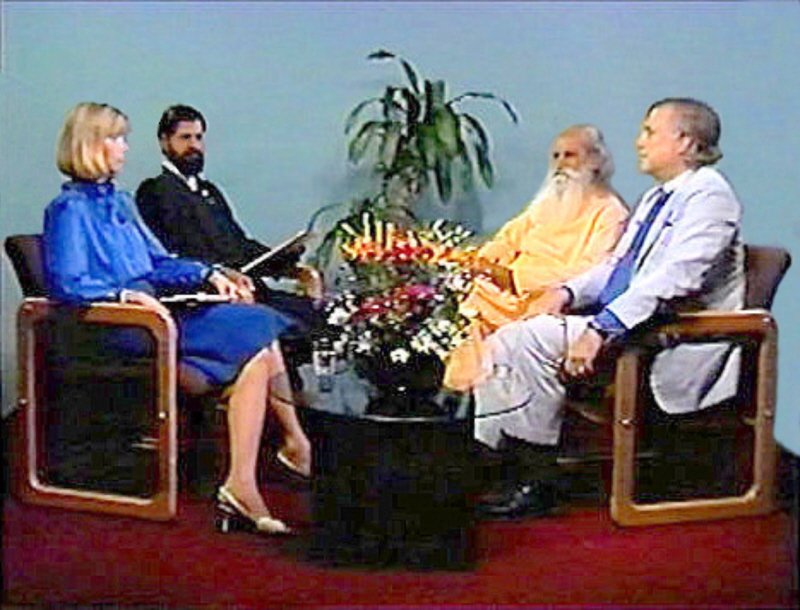
Embrace Archives
Limited Editions Gallery
Umrah - Jordan
Embrace Sacred Places
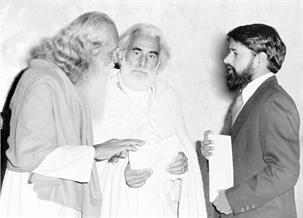
Monastery of Bahira - Syria
Embrace Foundation Universal
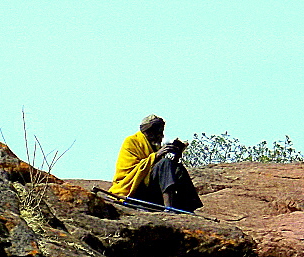
Monk Reading - Ethiopia
Thank you for making a donation.
NEW ! See: TRAVELING IN COPTIC EGYPT 2020 - TRAVELING IN MOROCCO 2020 article with many photos in CELEBRATE HUMANITY
Embrace Foundation International
- Great Visions TV
- Inspirations
- Media
- Possibilities
- Astrophysics, Quantum Physics & The Nature of Reality
- Deconstructing Nuclear Fission & Nuclear Waste
- Defense Industry as Community Builders
- Defense Industry As Energy Providers
- Global Water Shortages
- Innovative Technology
- Intelligent Communities & Development
- Pentagon & Non-Western Nations
- Recreating
- Resource Based Population
- Sharing Community Resources
- Protecting Human Rights
- Spiritual Ecology
- Syria
- Write to Us
THE COPTIC (Meaning Egyptian) MONASTERIES OF :
ST. PAUL – THE ANCHORITE, OF THEBES (227 -342 AD) &
ST. ANTHONY THE ANCHORITE, - OF THEBES (251 -356 AD)
Traveling to Coptic Monastries in Egypt - 2020
TRAVELING IN EGYPT – 2020
THE COPTIC (Meaning Egyptian) MONASTERIES OF:
ST. PAUL – THE ANCHORITE, OF THEBES (227 -342 AD) &
ST. ANTHONY THE ANCHORITE, - OF THEBES (251 -356 AD)
The last trip to Egypt by the Embrace Founders was during the upheaval following the Arab Spring. They visited not only the great Mosques and Al Azar but the Coptic Monasteries in Wadi Natrun and the Ben Ezra Synagogue in Old Cairo.
See: http://www.embracefoundationarchives.org/current_2013.html
THE COPTIC (Meaning Egyptian) MONASTERIES OF:
ST. PAUL – THE ANCHORITE, OF THEBES (227 -342 AD) &
ST. ANTHONY THE ANCHORITE, - OF THEBES (251 -356 AD)
The last trip to Egypt by the Embrace Founders was during the upheaval following the Arab Spring. They visited not only the great Mosques and Al Azar but the Coptic Monasteries in Wadi Natrun and the Ben Ezra Synagogue in Old Cairo.
See: http://www.embracefoundationarchives.org/current_2013.html
Ajata and Virginia regretted not being able to visit St. Paul and St. Anthony’s monasteries deep in the desert, with no nearby hotels in 2013. So, they arranged to come to Egypt this year for 5 days for the express purpose of visiting these sacred Christian sites.
St. Paul and St. Anthony (the Anchorites) are of the earliest desert Fathers who are considered largely responsible for the monastic (and for them, ascetic) Christian traditions. Few monks or nuns of any denomination practice physical deprivation and unceasing prayer now days. These desert Fathers were following the traditions of Jesus Christ most likely as passed down even before the collected books of the New Testament were made available (generally believed to be in Greek in the late 4th century in limited numbers.)
St. Paul and St. Anthony (the Anchorites) are of the earliest desert Fathers who are considered largely responsible for the monastic (and for them, ascetic) Christian traditions. Few monks or nuns of any denomination practice physical deprivation and unceasing prayer now days. These desert Fathers were following the traditions of Jesus Christ most likely as passed down even before the collected books of the New Testament were made available (generally believed to be in Greek in the late 4th century in limited numbers.)
The St. Paul and St. Anthony monasteries have a genuine feeling of deep devotion, prayer and contemplation. Ajata and Virginia found the monks filled with friendliness and joy, just as they had at the Coptic Monasteries in Wadi Natrun in 2013.
The Coptic lay community when encountered are without artifice, generally out-going, inclusive and ready to help any visitors as best they can. Many speak English, as well as, Arabic. They seem to adore having visitors.
( *Be sure to go through the whole page on the above link as photos and text move back and forth between India, Egypt & Ghana. There are photos of Wadi Natrun.)
The Coptic lay community when encountered are without artifice, generally out-going, inclusive and ready to help any visitors as best they can. Many speak English, as well as, Arabic. They seem to adore having visitors.
( *Be sure to go through the whole page on the above link as photos and text move back and forth between India, Egypt & Ghana. There are photos of Wadi Natrun.)
HOW THE COPTIC TRADITION INSPIRES OTHER CHRISTIANS
Most churches, Protestant and Catholic now days put an emphasis on exercising their Christian belief through charitable work and humanitarian endeavors which are without any doubt laudable and praiseworthy. The world would be in much, much worse shape if it were not for the widespread work of worldwide churches, especially in the areas of homelessness, education, hunger and medical assistance.
However, most people in Christian congregations have increasingly come to look at their priests and ministers as being “just like us” except for being singularly dedicated to service or a particular church establishment.
Most churches, Protestant and Catholic now days put an emphasis on exercising their Christian belief through charitable work and humanitarian endeavors which are without any doubt laudable and praiseworthy. The world would be in much, much worse shape if it were not for the widespread work of worldwide churches, especially in the areas of homelessness, education, hunger and medical assistance.
However, most people in Christian congregations have increasingly come to look at their priests and ministers as being “just like us” except for being singularly dedicated to service or a particular church establishment.
If a member of a congregation asks a pastor or priest what practices they can do to get close to the “Divine” they probably will be given some pat answer and the inquirer probably won’t believe the answer will help them anyway.
In the Coptic Monastic tradition (and in a number of Eastern Orthodox Traditions) monks and nuns are directed towards a life that is often ascetic in a number of different respects, depending on the monk/ nun and the monastery/ convent. In addition, rather than concentrating on outward “works” they direct their contemplation and prayer towards lifting themselves beyond their weaknesses through continual prayer and physical work. In other words, purifying themselves and striving towards the embodiment of the Christ Spirit. Because of this, a number of Coptic (and some Eastern Orthodox) monks and nuns have a profoundly spiritual inner life. Such inner spirituality, enables many in their lay community to put their full trust in them as reliable examples of “true goodness” and refuges of help in times of trouble. (There are some Catholic Orders with the same intentions – including the Trappists and the Marionite monks of Lebanon (where St. Charbel came from) who have a similar relationship with their lay community.
In other words, the Coptic Monks and Nuns allow lay people to know that there is a way to become closer to embodying the “Divine” or “Ultimate Truth.”
In the Coptic Monastic tradition (and in a number of Eastern Orthodox Traditions) monks and nuns are directed towards a life that is often ascetic in a number of different respects, depending on the monk/ nun and the monastery/ convent. In addition, rather than concentrating on outward “works” they direct their contemplation and prayer towards lifting themselves beyond their weaknesses through continual prayer and physical work. In other words, purifying themselves and striving towards the embodiment of the Christ Spirit. Because of this, a number of Coptic (and some Eastern Orthodox) monks and nuns have a profoundly spiritual inner life. Such inner spirituality, enables many in their lay community to put their full trust in them as reliable examples of “true goodness” and refuges of help in times of trouble. (There are some Catholic Orders with the same intentions – including the Trappists and the Marionite monks of Lebanon (where St. Charbel came from) who have a similar relationship with their lay community.
In other words, the Coptic Monks and Nuns allow lay people to know that there is a way to become closer to embodying the “Divine” or “Ultimate Truth.”
GETTING THERE
One can visit both the Monastery of St. Paul and the Monastery of St. Anthony in one day but they are about 45 minutes apart with a fast driver. If you are going into Cairo, many hotels arrange group tours to the monasteries, but if like us, you wish to go directly from the international airport to the hotel nearest the monasteries, that will be Teda Swiss Inn Plaza Hotel – in Ain Soukhna (70 km south of the monasteries.) Your best bet for transportation then from the airport will be: www.ziptransfers.com/en/cairo-airport-transfers. They are professional, can be booked on line and are reliable. The drive from the airport to the hotel is approximately an hour and a half.
The Teda Swiss Inn Plaza Hotel is actually located in the Red Sea Industrial Zone (the Red Sea Port area) and is a joint investment by Egypt and the Chinese. Due to the fact that the hotel has a children’s water park, an abundance of families with children come. It is a remarkable combination of many orthodox Muslims, (women with niqbahs and burkas and their lively families) who eat in one restaurant and Chinese and Italian Restaurants that serve liquor as well as a separate bar. All staff and waiters are Egyptian. Some European engineers come in to do specialty work – probably on the Logistics building that is actively under construction.
One can visit both the Monastery of St. Paul and the Monastery of St. Anthony in one day but they are about 45 minutes apart with a fast driver. If you are going into Cairo, many hotels arrange group tours to the monasteries, but if like us, you wish to go directly from the international airport to the hotel nearest the monasteries, that will be Teda Swiss Inn Plaza Hotel – in Ain Soukhna (70 km south of the monasteries.) Your best bet for transportation then from the airport will be: www.ziptransfers.com/en/cairo-airport-transfers. They are professional, can be booked on line and are reliable. The drive from the airport to the hotel is approximately an hour and a half.
The Teda Swiss Inn Plaza Hotel is actually located in the Red Sea Industrial Zone (the Red Sea Port area) and is a joint investment by Egypt and the Chinese. Due to the fact that the hotel has a children’s water park, an abundance of families with children come. It is a remarkable combination of many orthodox Muslims, (women with niqbahs and burkas and their lively families) who eat in one restaurant and Chinese and Italian Restaurants that serve liquor as well as a separate bar. All staff and waiters are Egyptian. Some European engineers come in to do specialty work – probably on the Logistics building that is actively under construction.
The port is incredibly busy with many “big rigs” but most of the Chinese warehouses built in the zone have been inactive for probably a year or two.
To get a car and driver to take you to the monasteries, you need to go to the small travel agency owned by Egyptians a few steps from the hotel entrance which consists of mainly a desk and two chairs. But the affable owner, relatives and friends will get you efficiently and on time to your destinations (negotiable – depending on waiting time etc.) (ZipTransfers does not go to the monasteries and there are very few taxis in the industrial zone.)
Alternatively, one can approach the monasteries after visiting Luxor by going to Hurghada City which is 45 km from St. Anthony’s Monastery.
The Coptic Monasteries which are deeply spiritual, with a peace and love encompassing them are always a pleasure to visit. Ajata and Virginia look forward with pleasure to visiting them again in the future.
To get a car and driver to take you to the monasteries, you need to go to the small travel agency owned by Egyptians a few steps from the hotel entrance which consists of mainly a desk and two chairs. But the affable owner, relatives and friends will get you efficiently and on time to your destinations (negotiable – depending on waiting time etc.) (ZipTransfers does not go to the monasteries and there are very few taxis in the industrial zone.)
Alternatively, one can approach the monasteries after visiting Luxor by going to Hurghada City which is 45 km from St. Anthony’s Monastery.
The Coptic Monasteries which are deeply spiritual, with a peace and love encompassing them are always a pleasure to visit. Ajata and Virginia look forward with pleasure to visiting them again in the future.
NOTE: The Coptic Church is an Orthodox Church defined as “Oriental” Orthodox but is in keeping with most of the traditions of the “Eastern” Orthodox – such as the Greek Orthodox Church and the Russian Orthodox Church.
The following books which are Eastern Orthodox will none-the-less give an in-depth understanding of both the Coptic Oriental Orthodox and Eastern Orthodox spirituality.
The Philokalia (of the Niptic Fathers) – Inner Spiritual Practices
The Monk of Mount Athos: Staretz Silouan, 1866-1938 by Sophrony Sakharov
The following books which are Eastern Orthodox will none-the-less give an in-depth understanding of both the Coptic Oriental Orthodox and Eastern Orthodox spirituality.
The Philokalia (of the Niptic Fathers) – Inner Spiritual Practices
The Monk of Mount Athos: Staretz Silouan, 1866-1938 by Sophrony Sakharov

Embrace Foundation Retreat Center
Embrace.Foundation (skype messaging) - 011+1+212.675.4500 (New York)
Click to Email Us

